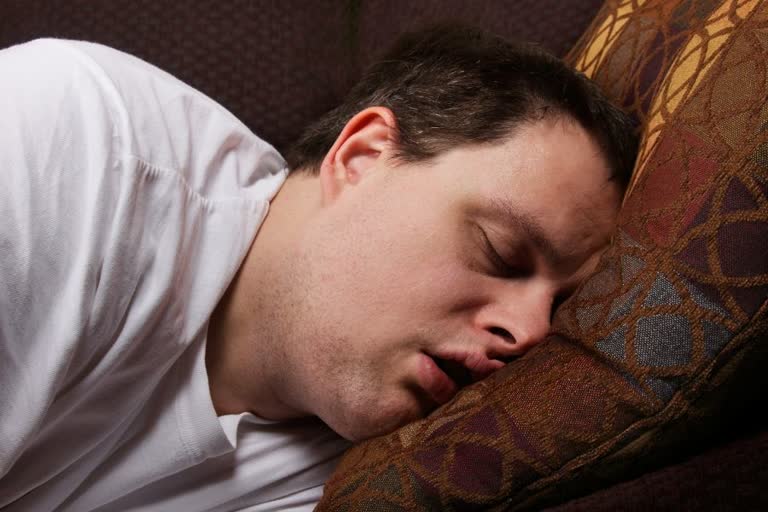Sleep apnea is a disorder causing the airways to block or becoming collapsed while you are asleep, sometimes resulting in snores. Noisy sleep is a sign of it, the person suffering from it should look to control the weight, have a better BMI to reverse the condition. We asked our expert, Dr. Rajesh Vukkala, MD (General Medicine), Consultant Physician at VINN Hospital, Hyderabad, about this condition and he says, “When we breathe in and out, our oxygen (O2) and carbon dioxide (CO2) levels should match. But in Obstructive sleep apnea, which is related to the structure of sinus, nose, neck, the levels are mismatched.
What are the signs?
- Loud Snoring
- A person waking up feeling tired, as if they didn’t rest at all
- Mild headache
- Lack of concentration
- Chronic fatigue
- Inability to carry out day-to-day activities
- Choked or abrupt awakening
- Gasping for Air
- Stress
“Most of these people are also at risk of developing metabolic disorders like diabetes, hypertension, osteoarthritis, hypothyroidism, etc. The worst-case scenario is that due to the mismatch of O2 and CO2 in the body, vital organs, the brain, heart, and lungs can be affected,” he says.
Risk factors
- Obesity
- A larger neck (more than 17 inches)
- Have a Body Mass Index (BMI) more than 25
- Deviated Nasal Septum (DNS)
- Allergy
- Sinusitis
- Asthma
Diagnosis
Sleep apnea can be diagnosed by doing a sleep study, medically referred to as Polysomnography. A machine is fixed up either at home, hospital, or lab, and the person’s sleep is closely observed. When the person is asleep, the parameters noted are:
- How the person is breathing?
- How much O2 and CO2 is exchanged?
- How is the heart beating?
- What is the blood pressure maintained?
Therefore, all these parameters are studied. The Apnea index is another thing, which tells how many times the person stopped breathing. According to that index, a reading up to 6.5 is normal. Anyone above this reading is considered to have significant symptoms of sleep apnea.
How to manage?
The person should look for causes and try to reverse them. If there is a nasal deviation, they should get it corrected, reduce weight if they have a higher BMI, etc. If these causes are reversed, Sleep Apnea too can be reversed. But, if the person is old and reversing the causes is not possible, other options like surgery can be considered.
Moreover, other lifestyle changes like maintaining a healthy weight, practicing pranayama, yoga or aerobics, and going for a walk changing sleeping positions and ensuring proper ventilation can be very helpful.
Also Read: Remedies To Stop Snoring Naturally



